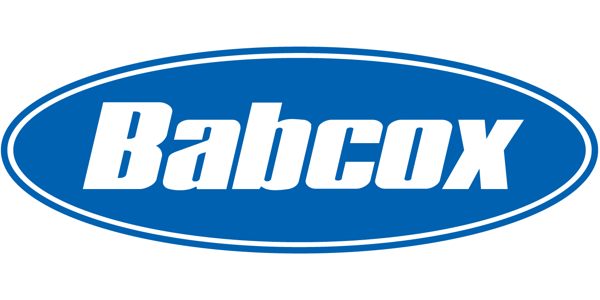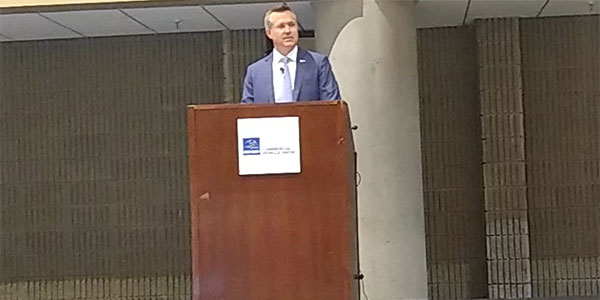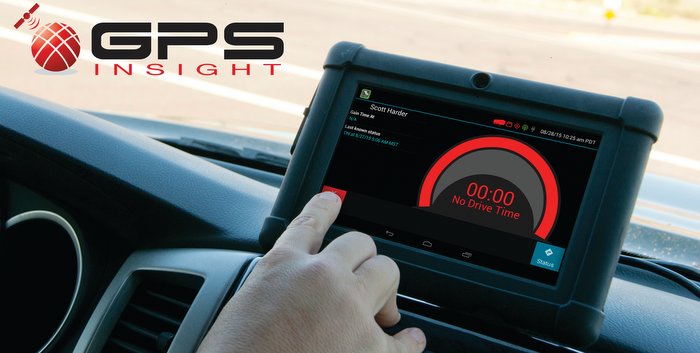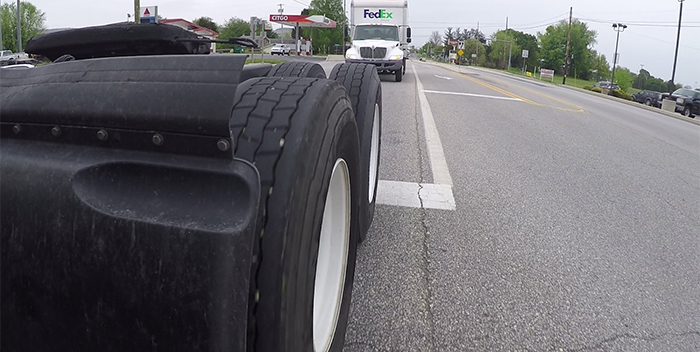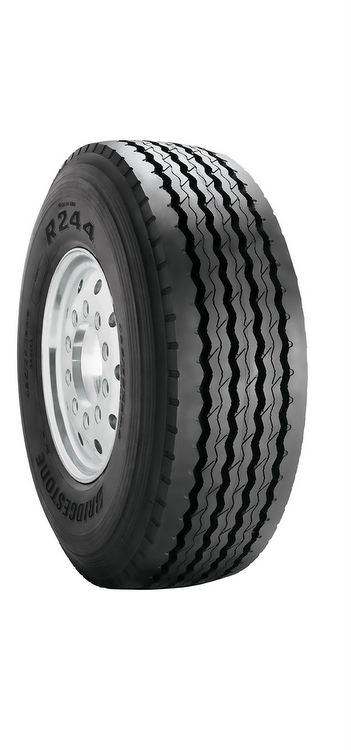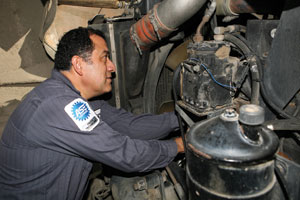 For all the responsibilities of a fleet manager, meeting the customers’ needs is job one. If the customer isn’t satisfied, it won’t be long before changes have to be made. And when your customers and their end-users literally put their lives in your hands, satisfactory performance isn’t a goal—it’s a bare minimum.
For all the responsibilities of a fleet manager, meeting the customers’ needs is job one. If the customer isn’t satisfied, it won’t be long before changes have to be made. And when your customers and their end-users literally put their lives in your hands, satisfactory performance isn’t a goal—it’s a bare minimum.
For the City of Oxnard, Calif., customer service comes with some built-in challenges. Serving the 21st largest city in California with more than 200,000 people and 37 square miles including coastline, the fleet services division balances a broad range of demands, according to Bill Birch, operations manager.
“Working within government brings with it some unique challenges. There are political concerns, the ‘bureaucracy’ and—particularly in California—emissions regulations and budget woes. Additionally, there is more regulation on procurement, which generally leads to a more varied fleet, bringing challenges in training, parts and overall support,” Birch explains.
Luckily, technology provides an important assist for Birch and the entire fleet organization. With approximately 45 employees in three locations, proper management of equipment and personnel is critical.
“Oxnard is a full-service city. The fleet’s customers are all the city departments including Refuse, Public Works, Police, Fire, etc. The fleet includes approximately 950 vehicles of all makes and types, including light vehicles, medium-duty, heavy-duty, and off-road equipment,” Birch says.
“With a mixed fleet like ours, we really have to focus the application of resources. We need to specialize our technicians’ expertise to give the taxpayers the most bang for their buck. Somehow, we have to divvy-up our resources and specialize/target our expertise to keep them all in service longer and more economically.”
Managing such a diverse range of vehicles means keeping track of myriad data points on maintenance needs, repair schedules and diagnostic information. Oxnard implemented a very robust maintenance data system in 2005. “We use AssetWorks FleetFocus and InfoCenter, and we’re able to network this system to all technicians, staff and our customers,” says Birch. “In 2008, we moved from shared workstations to individual laptops for each technician, which allows the technician to work in real-time, capturing vehicle information and reporting the labor for each task using a wireless network. In addition, the laptops allow the technicians immediate access to diagnostic data that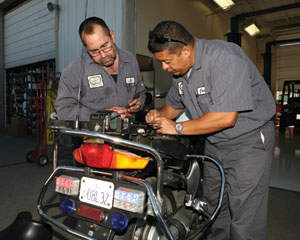 comes directly from the vehicle’s onboard computer. Once an issue has been diagnosed, the technician is able to add to his work order on the spot, in real-time, with no time lost waiting his turn at a kiosk.”
comes directly from the vehicle’s onboard computer. Once an issue has been diagnosed, the technician is able to add to his work order on the spot, in real-time, with no time lost waiting his turn at a kiosk.”
Birch says the laptops also provide e-mail for the technicians, as well as access to technical data, either web-based or via CDs and references shared on Oxnard’s local network. “Use of the laptops allowed us to eliminate technician wait times, saving over 2,200 man-hours annually. Everything is customized to the individual technician…key performance indicators (KPIs) and diagnostic software reflect the type of vehicles and equipment the tech is responsible for.
The city holds daily production meetings, during which crew leaders provide status on vehicles and equipment in their shops. “This greatly helps workflow, as techs and supervisors are held accountable for their work and jobs do not get ‘hung up’ between shops or while awaiting labor,” says Birch. “Crew leaders are responsible for knowing the status of vehicles and equipment undergoing repair and provide that info during the production meeting to a manager daily.”
Using the philosophy of “what gets measured gets improved,” Birch says the city developed extensive KPIs and uses them to track the fleet’s performance. “We have 26 KPIs that measure several different areas such as efficiency, labor performance and daily availability counts for critical equipment. The KPIs are presented via individual dashboards on each technician’s laptop and on all other staff’s desktop computers.”
Birch adds that these dashboard KPIs are provided to the city’s larger customers so they may review performance and the status of their fleet. “As our resources are limited, KPIs help us to focus those resources where they will do the most good. They allow technicians and others to easily see what areas need extra effort, so when a customer is low on a certain type of truck, we can focus on returning those vehicles faster. They also show areas for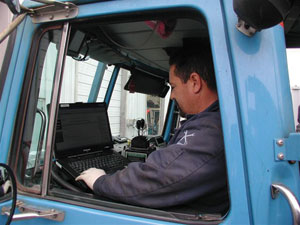 improvement, such as training (for example) that can improve efficiency and thus reduce cost,” he explains.
improvement, such as training (for example) that can improve efficiency and thus reduce cost,” he explains.
“Refuse is one of our larger customers with a high daily demand for operational trucks and a keen interest in both the status of their vehicles and the costs associated with their maintenance and operation. Our dashboard KPIs and web-based reporting allow them easy access to this data, which they can use both in planning their daily routes and for cost-accounting.”
Lest you think daily monitoring of efficiency smacks of “Big Brother,” Birch says the opposite, for the most part, is true. “Our programs and best management practices have paid off with significant recognition,” he says. “We’ve been recognized in the top 10 of the 100 Best Fleets in North America Program for the last three years, finishing #3 in 2008, #10 in 2009 and #4 in 2010. And, our strong environmental program won accolades from the State, with recognition as a California EPA ‘Green Shop.’”
As a municipal, unionized shop, Birch says employee benefits are excellent but, “we’re somewhat constrained in our ability to manage our personnel compared to a non-governmental operation. Since benefits are negotiated at the highest levels, our focus is on the benefits, awards and recognition that are in our authority to give. For example, we have 100 Best Fleet t-shirts that our employees wear with pride. We have made extensive efforts to improve the workplace with high-intensity lighting, epoxy floors, new paint, new heat and state-of-the-art equipment and tools.”
Birch says 86% of his technicians are ASE-certified and the shop has been an ASE recognized “Blue Seal” facility for four years running. “We pay for our techs’ ASE testing, and certification is the ticket to move up the ranks. We recognize all our certified technicians with a display of their credentials, award of a nice shop jacket upon Master status, and public recognition,” he says.
“Additionally, we established strong recognition programs for our team to include a quarterly ‘Pit Crew Team award,’ ‘Technician of the Quarter award,’ ‘You’ve Been Mugged Award’ and individual technician recognition based on customer surveys, at monthly All-Hands meetings.”
Further benefits include monthly pizza lunches, frequent potlucks and barbeques, uniforms, and an emphasis on communication to empower and value people. “We offer a family atmosphere where we look out for each other and do our very best to have fun at work, each and every day. In short, we strive to provide our employees the best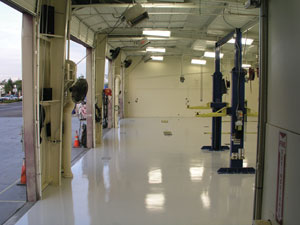 facility, tools, equipment and technology to work with, in an atmosphere everyone can be both happy and proud to work in.” Birch says.
facility, tools, equipment and technology to work with, in an atmosphere everyone can be both happy and proud to work in.” Birch says.
All this recognition is foundational to good (and superior) job performance, Birch believes. “Recognition is usually free or at least very low-cost and drives the extra level of performance essential to a strong team.”
To keep that performance at a high level, Oxnard has made significant investments in technology, safety and equipment, as well. In addition to the aforementioned wireless network, paperless shop, laptop for each technician and the diagnostic software at their fingertips, Oxnard is working on RFID technology for accurate meter updates and RFID-based pre- and post-trip checks of HD trucks in the fleet.
“We completely overhauled our safety program, established a totally new hearing conservation program, revamped Hazcom and SPCC plans, an IIPP Program, rewrote our Safety SOPs and did a full Job Hazard Analysis,” Birch explains.
“The labor-saving equipment in the shop includes a ‘closed-loop’ oil change system that fills and drains the engines on our refuse fleet in a virtually hands-free, autonomous manner, saving 30 minutes per oil change and eliminating drain pans, nozzles, containers and spills,” says Birch. “Also, a hydraulic oil recycler that cleans and filters the oil in equipment hydraulic systems saves $13,000 annually.”
Oxnard’s environmental awareness has been significant. “The U.S. Environmental Protection Agency recognized us for eliminating lead wheel weights in 2007, cutting more than 200 pounds of lead from the environment. We’ve eliminated aerosol solvents and penetrants by converting to bulk fluids and hand-pumps, preventing 1,039 lbs. of CO2 emissions. We’ve adopted the MicroGreen extended life oil filters for our fleet, having done successful testing on our Crown Vic Police Interceptors. Use of these filters on 643 vehicles is projected to save us $145,000 in labor and 24,000 quarts of oil annually,” Birch says.
“We are blessed and cursed to live in the State of California, where care for the environment and sustainability are a way of life. We will be working hard to replicate the environmental success we’ve had in the shop itself over to the fleet as we electrify and adopt the newest transportation resources that have less impact.”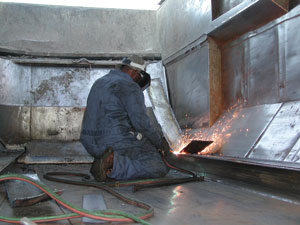
The city has an extensive partnership with the local community college that pays dividends for both sides, Birch says. His teams are training automotive interns from the college, donating vehicles for classroom use and most recently initiated several advanced, custom-developed classes from the college for the city’s techs. Sharing these classes locally with other municipalities has reduced the cost and expanded the benefit, he says.
“Everyone would like to be trained in everything, but that’s not possible in today’s economic environment (or necessary!),” Birch explains. “We need to target the training and technology to the techs who need it. We’ll build the training into the contract purchase of the equipment along with the technology, then deploy that technology to the folks working on those vehicles.”
Teamwork and motivation are the stated keys to the continued success of the City of Oxnard’s fleet operations, believes Birch. “From the moment a new employee walks through the door, we grow and nurture the team. From our youngest college intern to our most seasoned veteran, we strive to show we care; we value their service and their input to how we do business. We emphasize public service and engender pride in all we do,” he proclaims.
“We never, never stop moving forward,” Birch says. “This is a fast-moving, complex business. To stay efficient you have to adapt and be willing to change how you do business. We’re always evolving.”

